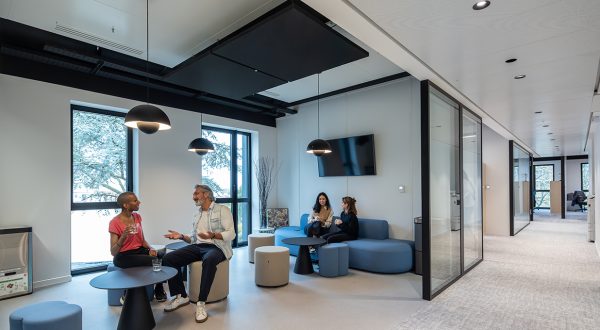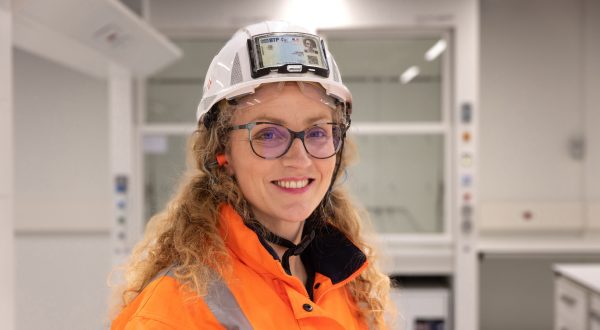Smart building development can only take place if it is based on frank, long-term cooperation between all of the players in the property ecosystem.
![]()
Sensors, data analysis tools, real-time management platforms… everything is in place for the smart building revolution. Well almost everything. Although, from a purely technical point of view, there is no longer anything standing in the way of connected buildings, development on an industrial scale is still being hampered by economic and cultural barriers. In other words, the connectivity is there but interoperability still has a way to go. It’s the capacity of the various smart components in and around buildings to talk to, understand, and interact with each other that is the key to smart buildings.
Indeed, to date, almost all buildings that pride themselves on being smart are equipped with building management systems that tend to be closed. The reason for this is that business models are still trapped in a “proprietary” approach at a time when smart buildings require a change in mentality from all players involved.
“Thanks to IP, there is nothing to prevent the introduction of open, scalable architecture”
Interoperability will only be achieved if it is based on frank, long-term cooperation. This is exactly what the Smart Building Alliance (SBA) has been working towards since 2012 in its “ready2services” recommendations on building infrastructure. It is also the credo of facility managers, whose job is to simplify the management of equipment by ensuring that disparate systems, involving anything from works and technical monitoring of buildings through to user comfort applications, communicate with each other.
Building Data Factory
With this in mind, VINCI Facilities has just established a Building Data Factory, which aggregates and connects all building data. “As well as offering storage capacity, this digital system also incorporates the technologies of tomorrow: dynamic data analysis, benchmarking, predictive technologies, artificial intelligence, and so on. A key feature of this offering is its ability to connect to most tools on the market (CMMS, BMS, space management systems, service applications, etc.),” says Philippe Conus, director of the VINCI Facilities brand.
After all, the aim is to link all the aspects of building digitalisation, both in terms of facilities and operation, so as to ensure a building’s performance, across four main usage interfaces: occupants, clients, technical maintenance, and monitoring.
The three levels of a smart building
This vision is based on three main functional prerequisites. First, physical interoperability. This relates to facilities and operating data, and involves manufacturers and operators opting for open systems that allow data and controls to be accessed by, in principle unknown, third-party service providers. Second, interoperability of information, which entails all systems adopting a common language. Digital modelling plays a role in this respect, by making it possible to structure data according to naming conventions. And third, usage data analysis, which is key to distributing relevant and efficient services.
“Thanks to IP, there is nothing to prevent the introduction of open, scalable architecture that accepts updates throughout the life of the building, thus preventing the risk of obsolescence,” says David Ernest, innovation and energy director at VINCI Facilities.
Of course, there’s a functional need: to drive the performance of systems in place. But there’s also an economic need. The pooling principle means that interoperability is the surest way to turn a building from a cost centre into a profit centre.


